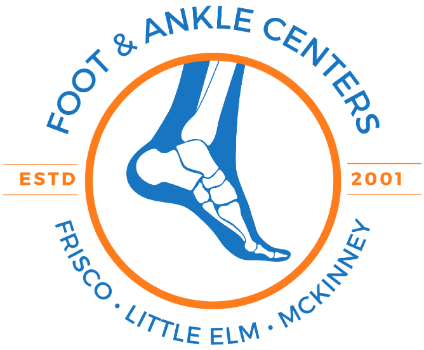Athlete's foot, also known as tinea pedis, is a common fungal infection primarily affecting the skin on the feet. It is caused by various types of fungi, such as Trichophyton or Epidermophyton, which thrive in warm and humid conditions. The infection can be easily contracted through direct contact with an infected individual or by coming into contact with contaminated surfaces, such as floors, shoes, or towels.
The condition typically starts between the toes, often appearing as red, itchy, and flaky patches of skin. In more severe cases, blisters may develop, causing pain and discomfort. Athlete's foot can also spread to other parts of the foot, including the sole, toenails, and even the hands if proper hygiene measures are not followed. To reduce the risk of contamination, it is important to:
- Wear sandals or other open-toed shoes in public areas.
- Never share shoes, clothes, or towels with other people.
- Wear clean, dry socks and change them often.
- Use a separate towel for your feet.
- Keep your feet clean and dry. Wash them and dry them thoroughly, especially between your toes, after swimming or sweating.
- Apply an antifungal powder or spray to your feet, especially between your toes.
- Avoid wearing closed-in shoes for extended periods of time.
- Wear shoes made of materials that breathe, such as canvas or leather.
Other factors increase the risk of developing athlete's foot, including wearing tight-fitting or non-breathable footwear, walking barefoot in communal areas like locker rooms or swimming pools, having sweaty feet, having a weakened immune system, and not maintaining proper foot hygiene.
To prevent the spread of athlete's foot, it is essential to keep the feet clean and dry. This can be achieved by washing the feet daily with soap and water, thoroughly drying them afterward, especially between the toes, and avoiding wearing damp socks or shoes. It is also advisable to wear breathable footwear and to change socks regularly.
Treatment for athlete's foot usually involves over-the-counter antifungal creams or sprays, which are applied directly to the affected area. In more severe cases or if the infection persists, one of our professional podiatrists may prescribe stronger antifungal medications or oral medication. Additionally, using foot powders or sprays can help keep the feet dry and prevent reinfection.
If left untreated, athlete's foot can lead to complications such as secondary bacterial infections or the development of fungal toenail infections (onychomycosis). It can also spread to other parts of the body, causing jock itch or ringworm.
Overall, prompt treatment, proper foot hygiene, and taking preventive measures can help control and prevent the spread of athlete's foot.


Leave a comment
0 Comments